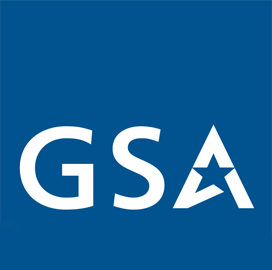The National Science Foundation is funding the EducateAI awards to develop a well-trained AI workforce for the future.
The agency said Wednesday it is investing an estimated $8 million in the Educate AI program, launched by its Computer and Information Science and Engineering and STEM Education directorates.
Educate AI aims to lay the groundwork for a future federal workforce of AI experts, starting their training from the K-12 level. Through the initiative, a national infrastructure will provide access to computational data, software, models and training materials essential for AI research.
The funding will be allocated to five projects, which will also benefit from the National Artificial Intelligence Research Resource Pilot.
The awardees are as follows:
- NSF Artificial Intelligence Entry Pathways
- NSF Expanding the Undergraduate AI Talent Pipeline by Democratizing Access to Instructional Capabilities across Institutions of Higher Education
- NSF Integrating Artificial Intelligence Literacy into Community College Programs
- LEVEL UP AI: Developing Strategies to Increase Capacity and Inclusion in AI Education
- Mobilizing CAHSI Institutions to Infuse Ethical Reasoning in CS Curricula through Contextualized AI Scenarios
Greg Hager, assistant director for CISE, noting the need for a diverse, AI-ready workforce, said, “Through the EducateAI initiative, we are investing in AI educational programs that both complement and amplify our continuing efforts to broaden access to AI research resources.”
“These investments not only advance our commitment to fostering innovation in emerging technologies but also ensure inclusive access to AI research resources,” commented Katie Antypas, director of the NSF Office of Advanced Cyberinfrastructure.














